Material screening is a catch all term for the process of understanding the radioactivity of a substance, be in intrinsic to the material or contaminated on its surface. Through thorough material screening it is possible to reduce on detector backgrounds (or noise), thereby improving on signal to noise ratios, meaning detectors become more sensitive. This allows scientists to better understand the materials they work with in both academic and industrial environments. Operating a material screening facility deep underground, free of interference from cosmic rays, enables improved sensitivities of orders of magnitude compared to that achieved in surface facilities, allowing the very lowest levels of radioactivity to be measured.

Germanium Detectors
Boulby is proud to host one of the world's most sensitive assay facilities (the 'BUGS' facility: Boulby UnderGround Screening facility). This facility indludes seven germanium detectors which reside in a class 1,000 (IS06) clean room environment, allowing for the provision of a wide range of detector facilities to meet the specific needs of users. The technique of gamma spectrometry using high sensitivity germanium detectors enables researchers to measure and identify trace levels of radioactivity in samples - an important and useful capability in a variety of studies from material selection in 'rare-event physics' to numerous studies of the environment. The detectors in BUGS are listed below; as an homage to the rich mining history of the area, each detector is named after a local mine: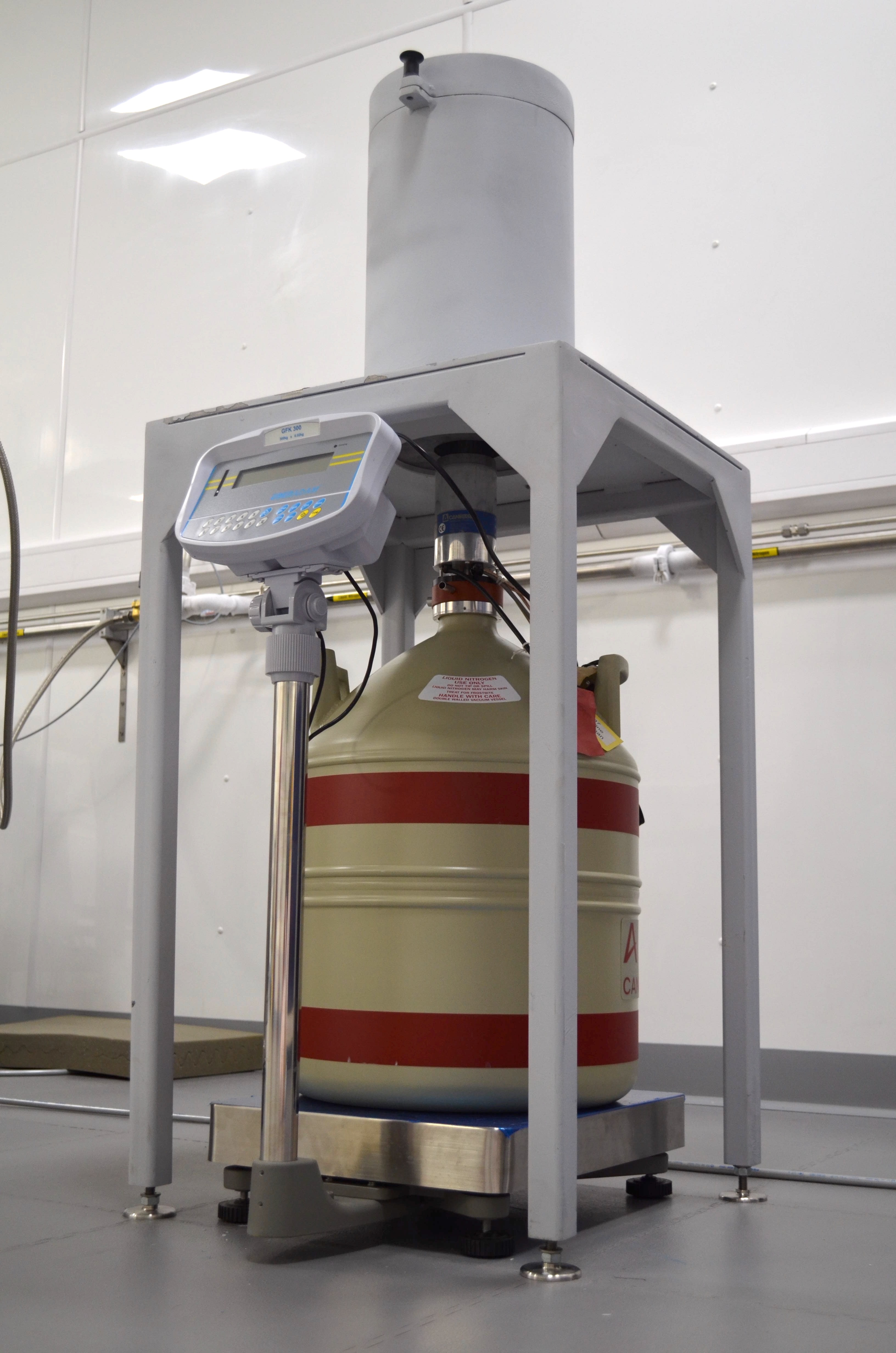
Wilton
- Detector type: P-Type
- Configuration: BEGe
- Crystal Weight: 0.3 kg
- Relative Efficiency: 18%
- Background Status: Low Background
Chaloner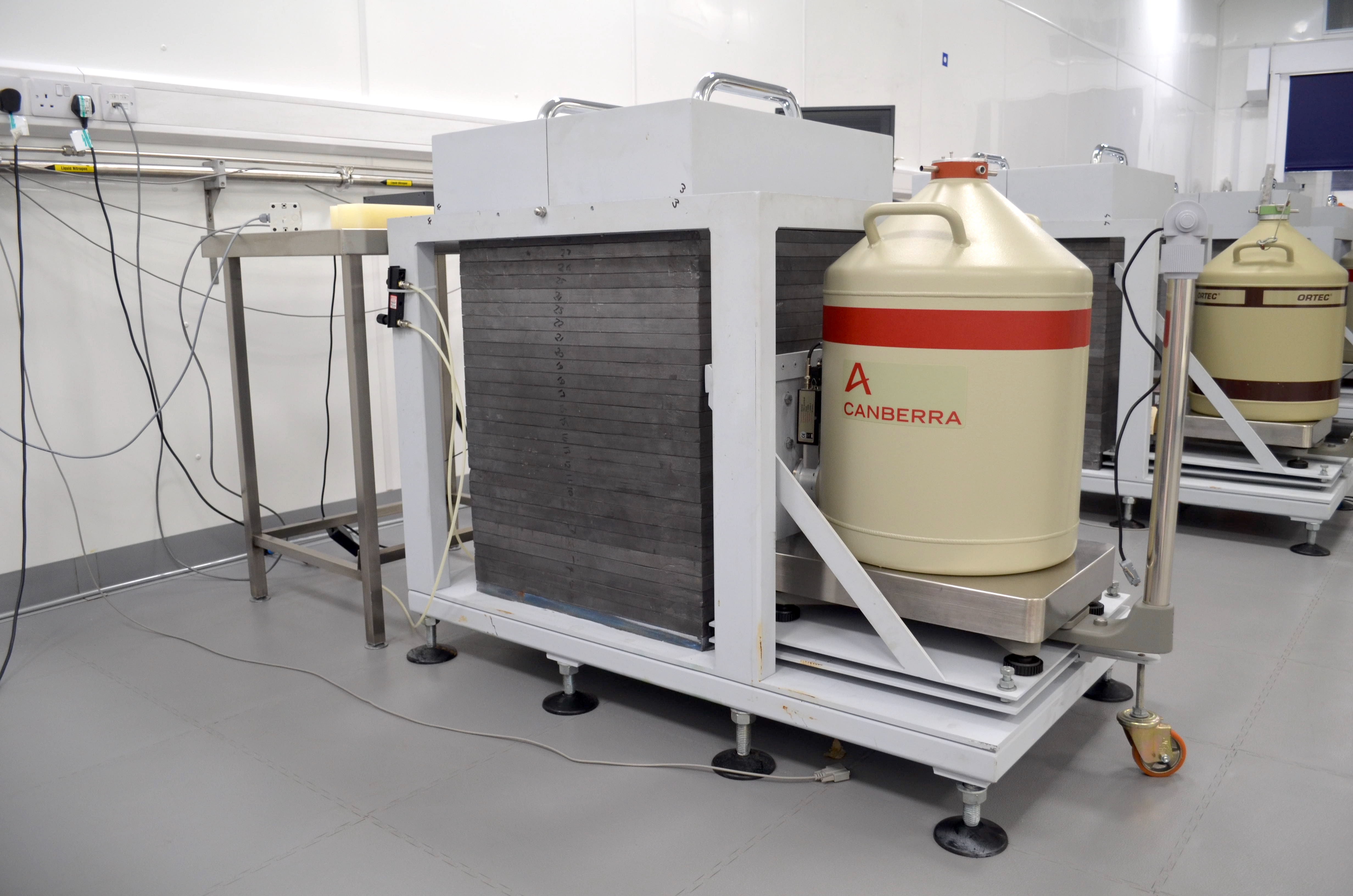
- Detector Type: P-Type
- Configuration: BEGe
- Crystal Weight: 0.8 kg
- Relative Efficiency: 48%
- Background Status: Very Low Background
Lumpsey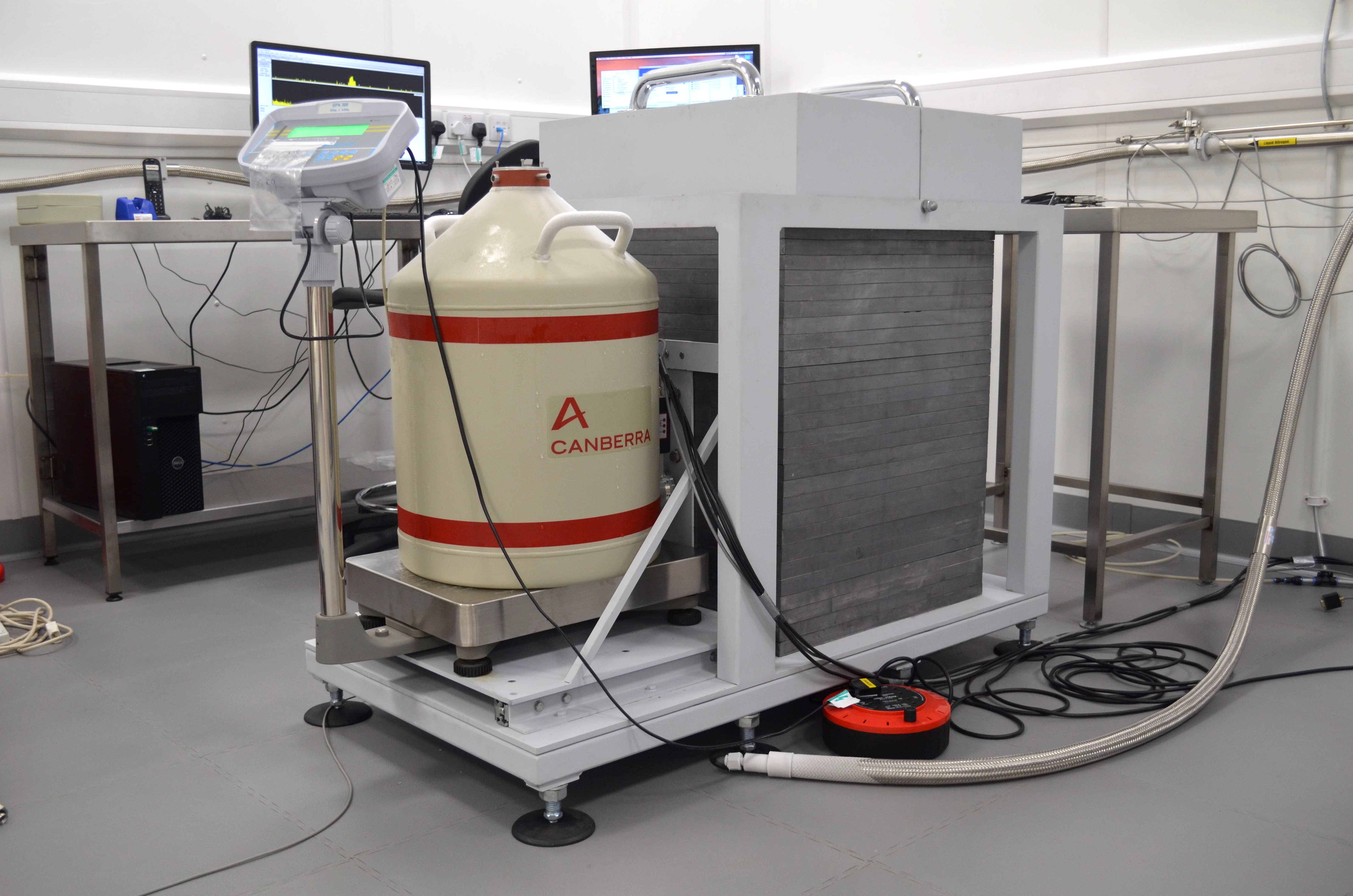
- Detector Type: P-Type
- Configuration: SAGe
- Crystal Weight: 1.4 kg
- Relative Efficiency: 67%
- Background Status: Low Background
Lunehead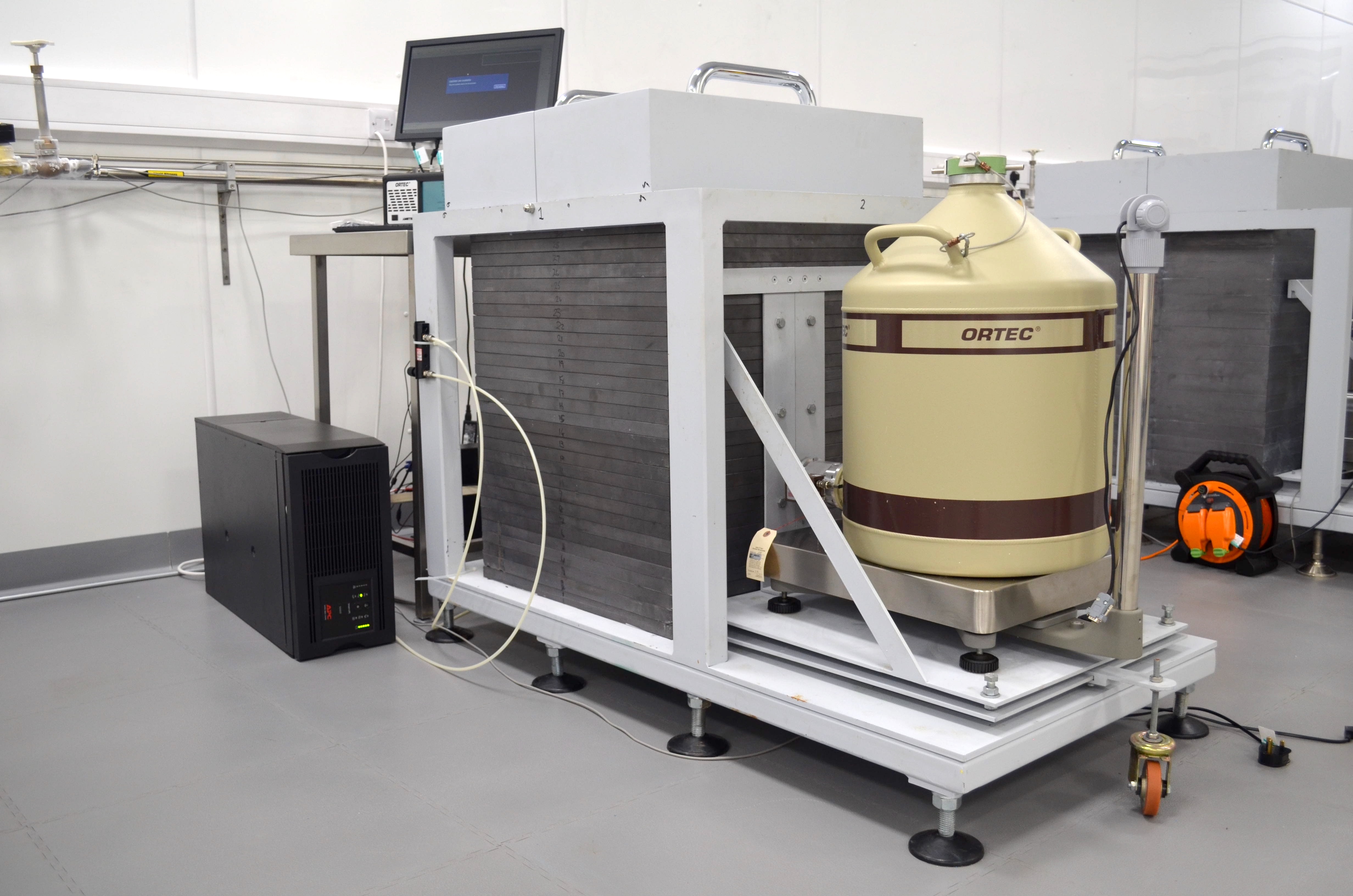
- Detector Type: P-Type
- Configuration: COAX
- Crystal Weight: 1.8 kg
- Relative Efficiency: 71%
- Background Status: Very Low Background
Merrybent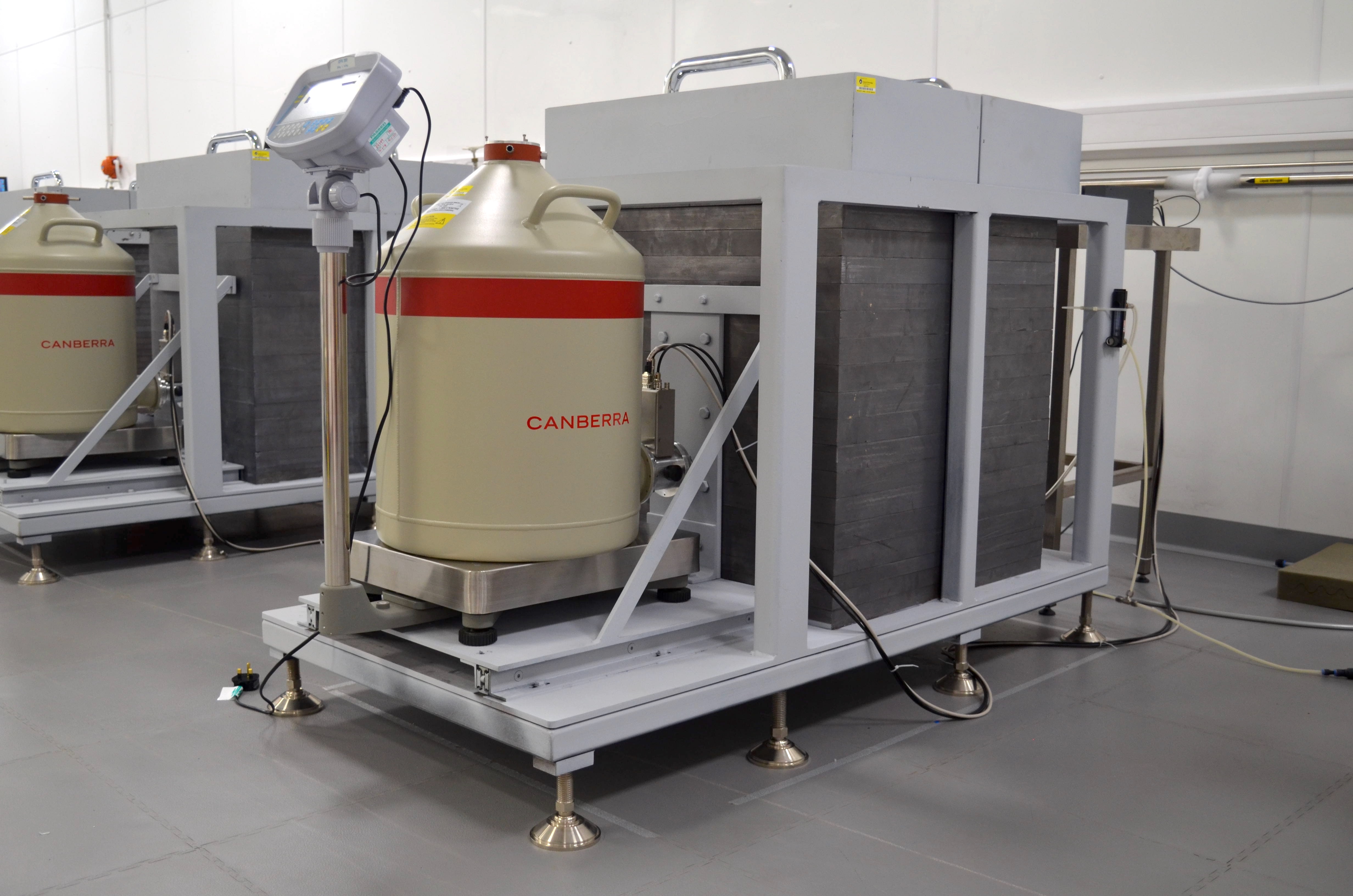
- Detector Type: P-Type
- Configuration: COAX
- Crystal Weight: 2.0 kg
- Relative Efficiency: 110%
- Background Status: Ultra-low Background
Belmont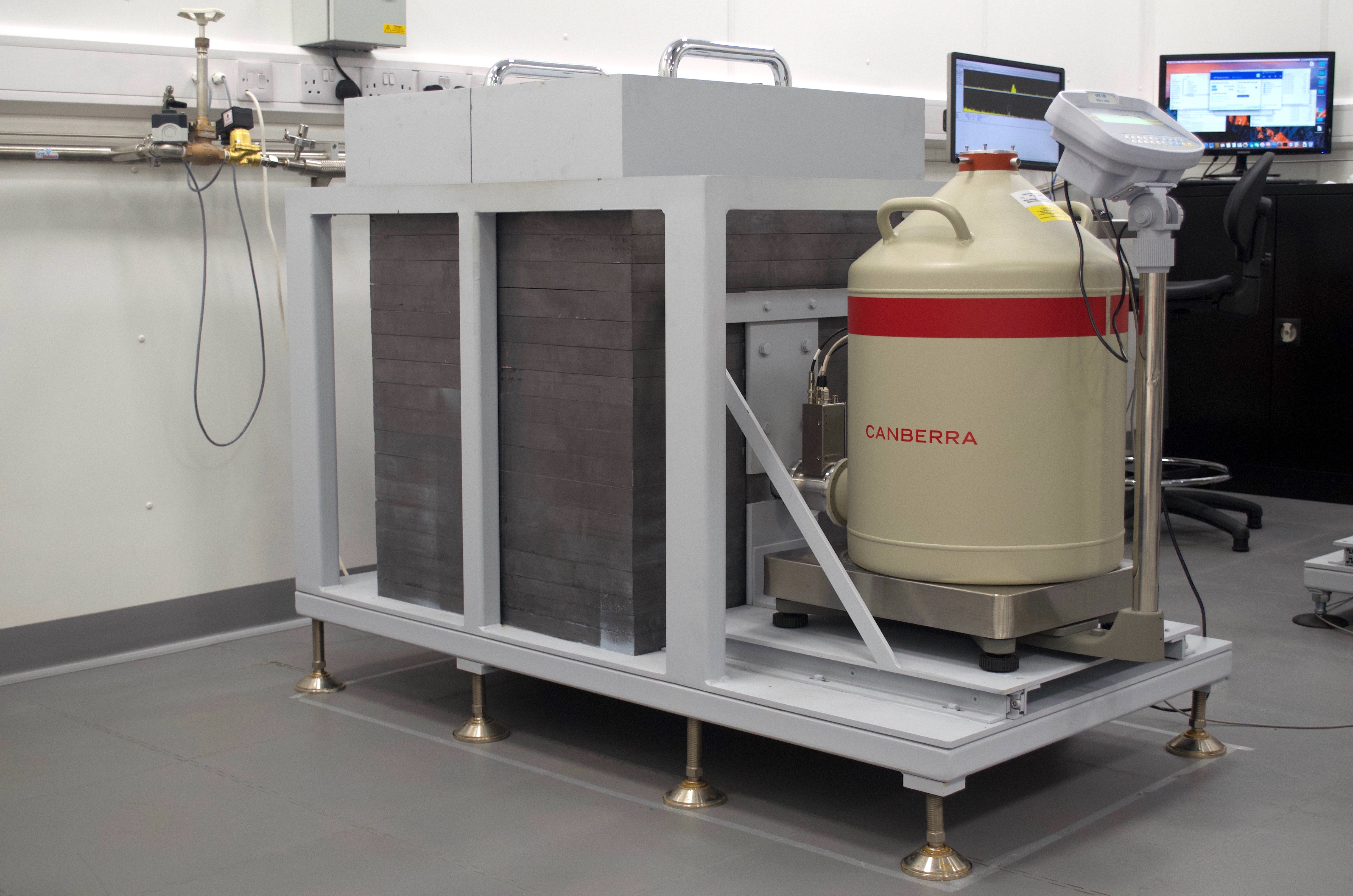
- Detector Type: P-Type
- Configuration: COAX
- Crystal Weight: 3.2 kg
- Relative Efficiency: 160%
- Background Status: Ultra-low Background
Roseberry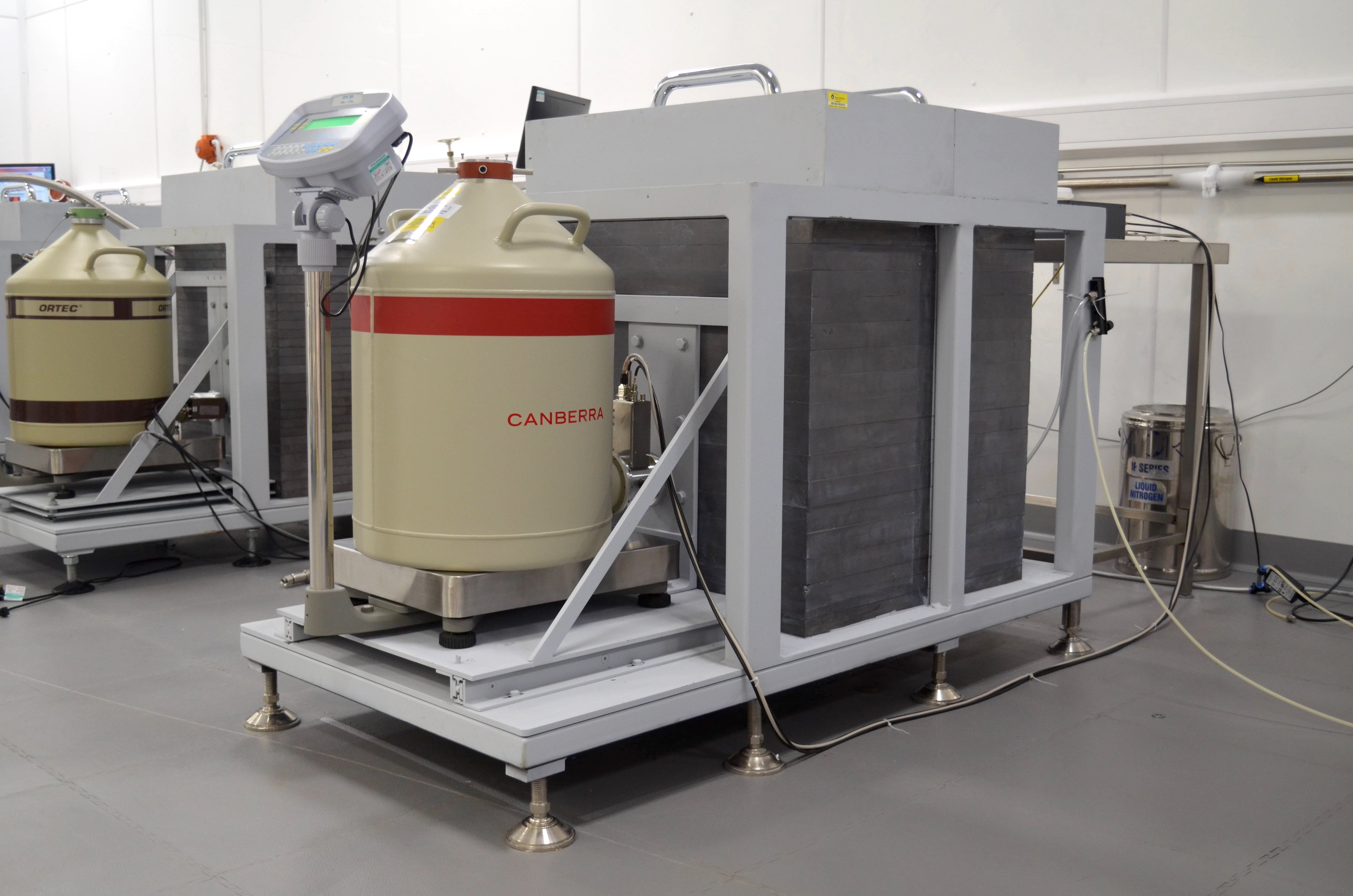
- Detector Type: P-Type
- Configuration: BEGe
- Crystal Weight: 0.9 kg
- Relative Efficiency: 60%
- Background Status: Ultra-low Background
The BUGS facility continues to support future dark matter detectors and detectors for other rare event studies by selecting ultra-low activity materials for use in their construction. This facility is enabling the UK to play a major role in the building of the worlds' most sensitive dark matter detector (the LUX-ZEPLIN or LZ) currently under construction at the Sanford Underground Research Facility in the US. The facility will also soon be enabling the UK to play a leading role in upgrading the world-leading (and the 2015 Nobel prize winning) 'Super K' neutrino detector in Japan by screening ultra-low background Gadolinium needed to make the detector more sensitive.
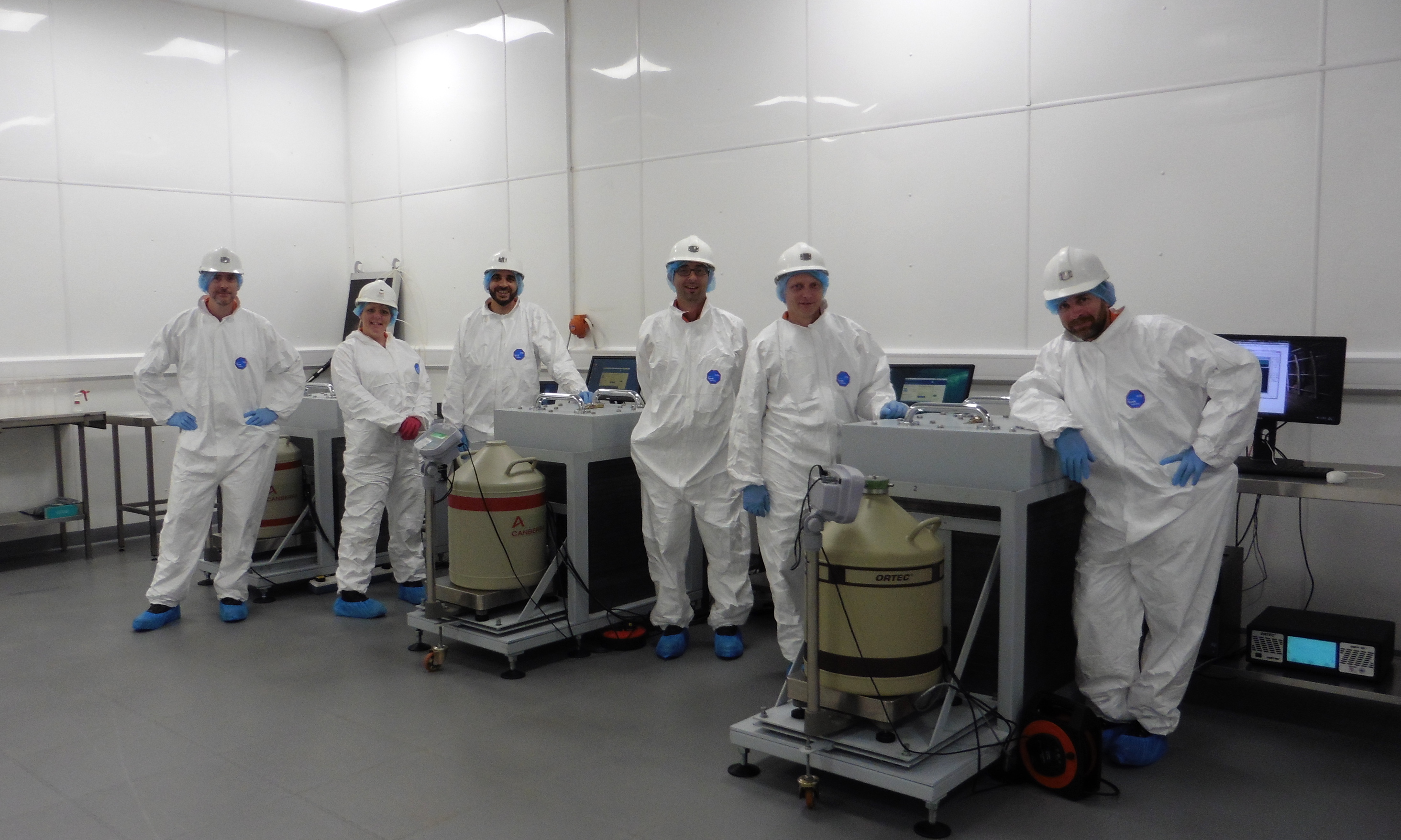
Surface Screening
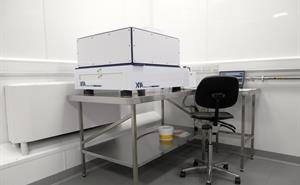 In addition to the work carried out by BUGS, Boulby recently installed an UltraLo-1800 module to further improve the screening facilities available in the lab. The UltraLo-1800 is a negative ion drift surface alpha counter which allows for the determination of the background contribution from the top few millimetres of a material. This information is of particular significance when considering the next generation of dark matter detectors as, due to their increasing dimensions, they incur a sizeable background contribution from the larger surface areas of their design. With this accounted for, a better simulation of detector capability and a more precise limit is possible.
In addition to the work carried out by BUGS, Boulby recently installed an UltraLo-1800 module to further improve the screening facilities available in the lab. The UltraLo-1800 is a negative ion drift surface alpha counter which allows for the determination of the background contribution from the top few millimetres of a material. This information is of particular significance when considering the next generation of dark matter detectors as, due to their increasing dimensions, they incur a sizeable background contribution from the larger surface areas of their design. With this accounted for, a better simulation of detector capability and a more precise limit is possible.
Participating institutions:
- STFC Rutherford Appleton Laboratory
- Sheffield University
- University College London
- Edinburgh University
- Glasgow University
- The Scottish University Environmental Research Centre (SUERC)
